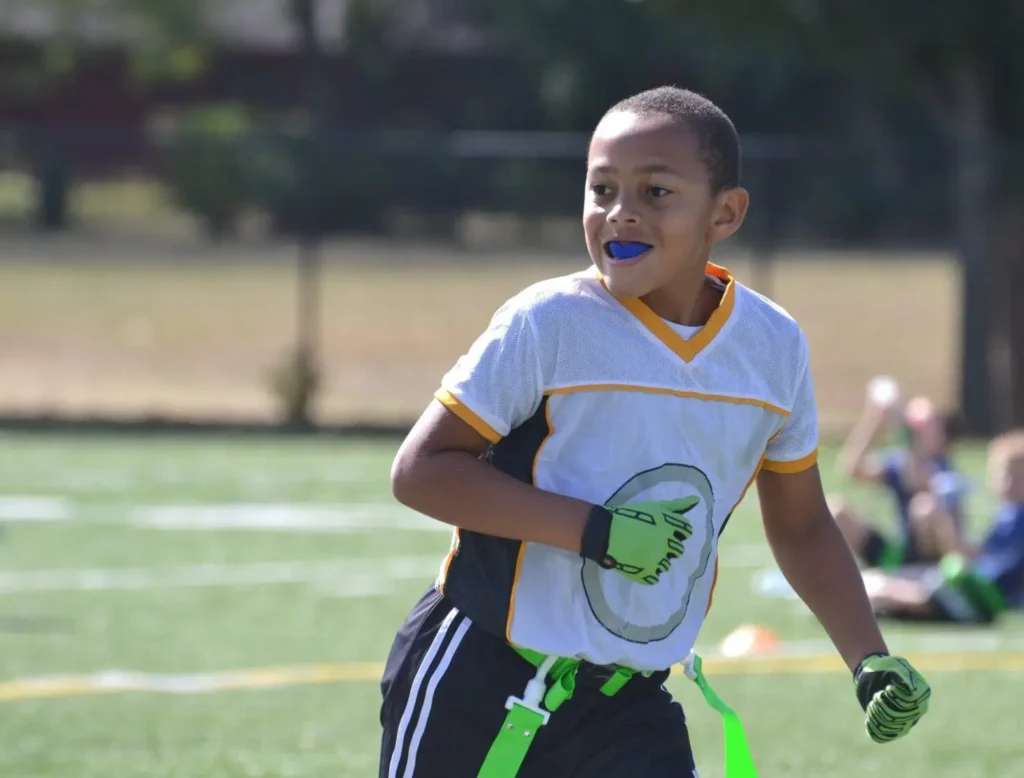According to the Canadian Dental Association, seven out of ten Canadians will develop gum disease at one point in their lifetime.
Poor oral hygiene is the primary cause of gum disease. However, understanding proper oral hygiene techniques and the red flags to look for can help prevent it.
The good news is that it’s easy to spot the symptoms of periodontal disease. Keep on reading to learn about these five signs, and remember to regularly schedule dental checkups at your local dental clinic in Saint John.
What Is Periodontal Disease?
Also known as gum disease, periodontal disease is an infection and inflammation of the gums. Bacteria from dental plaque can cause gum disease if it isn’t regularly removed. Plaque can harden into tartar, which can result in bacterial infection.
Gingivitis is reversible and is the first stage of periodontal disease. However, if left untreated, it can develop into a more severe stage called periodontitis, which is unfortunately not reversible.
If left untreated, periodontal disease can ruin the gum tissue and result in the loss of your teeth. That’s why catching it early is so critical.
Look for the following signs to stop it early.
1. Bleeding or Swollen Gums
In the early stages of gum disease, you’ll notice that your gums might be red, swollen, and tender. You might notice some blood in the sink when you brush or floss. Bleeding gums are one of the earliest signs of periodontal disease.
2. Tooth Sensitivity
People with gum disease may experience increased tooth sensitivity, especially when eating or drinking hot, cold, or sweet food and beverages. Another sign you need to visit a dental clinic immediately is if you experience pain when chewing and biting.
3. Persistent Bad Breath
Halitosis or persistent bad breath is another common sign of periodontal disease. Poor oral hygiene results in plaque buildup on the teeth. The bacteria that forms on your teeth and gums can cause poor breath and further dental issues.
4. Change in Bite Pattern or Shaky Teeth
Periodontal disease can make your gums recede. Receding gums pull away and can’t support your teeth as well as they used to, which can cause your teeth to loosen in their sockets, making them feel wobbly and shaky. This can change your bite pattern and expose your teeth to further damage.
5. Receding Gums
As was mentioned above, receding gums are one of the warning signs of periodontal gum disease. Infected and unhealthy gums can pull away, exposing the roots and causing issues such as loose teeth. If you notice any change in the texture or colour of your gums, it’s important that you talk to your dentist about what could be causing it and how you can treat them
Risk Factors of Periodontal Disease
In addition to maintaining excellent oral hygiene and regularly scheduling a dental checkup, you may need to be extra cautious if you have certain risk factors, such as:
- Genetics
- Taking certain medications
- Stress
- Hormones
- Crooked or crowded teeth
- Gritting, grinding or clenching teeth
- Autoimmune diseases
Poor nutrition and factors such as smoking or tobacco use can also contribute to a higher chance of periodontal disease. Start making changes to your diet and cut out or reduce tobacco to keep your teeth in good shape.
A Dental Clinic in Saint John You Can Count On
We hope this periodontal disease guide helped you learn more about proper oral hygiene. A big part of preventing periodontal disease is visiting your dental clinic to spot any issues early on.
The sooner you act, the more likely you can keep a healthy smile. Prevention is key, so feel free to reach out to our team at Millidge Place Dental Clinic in Saint John today!







